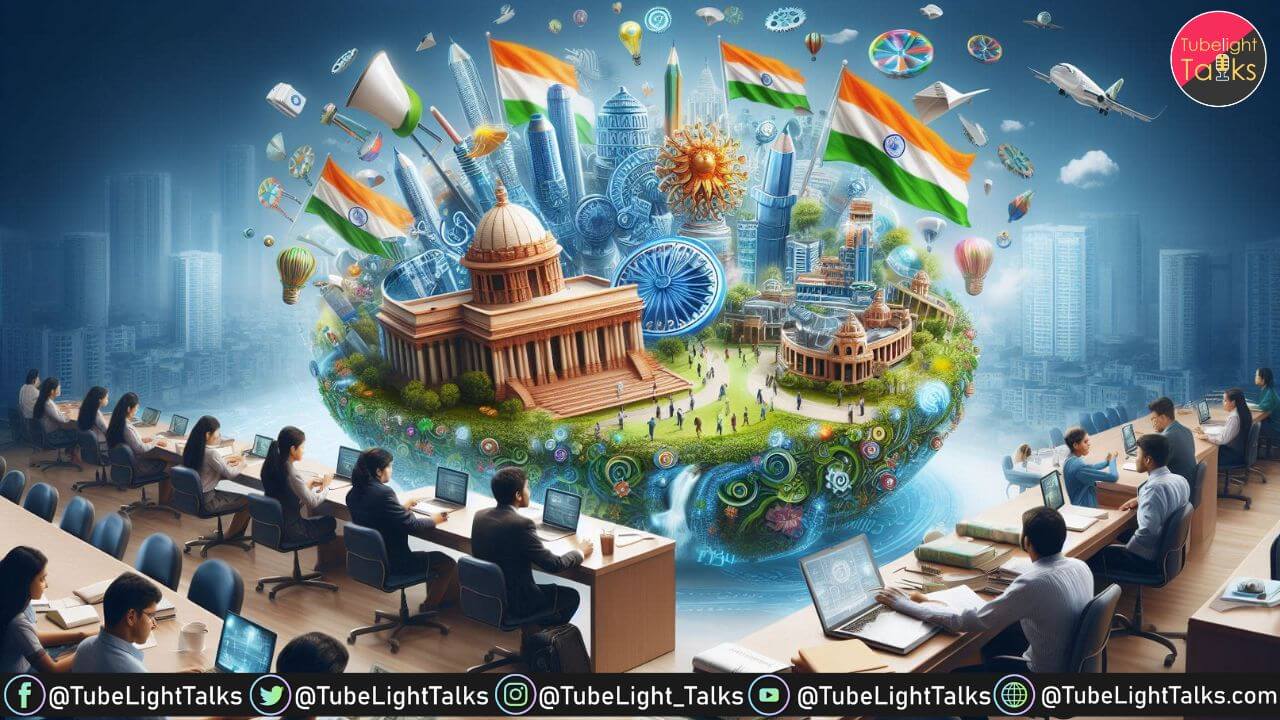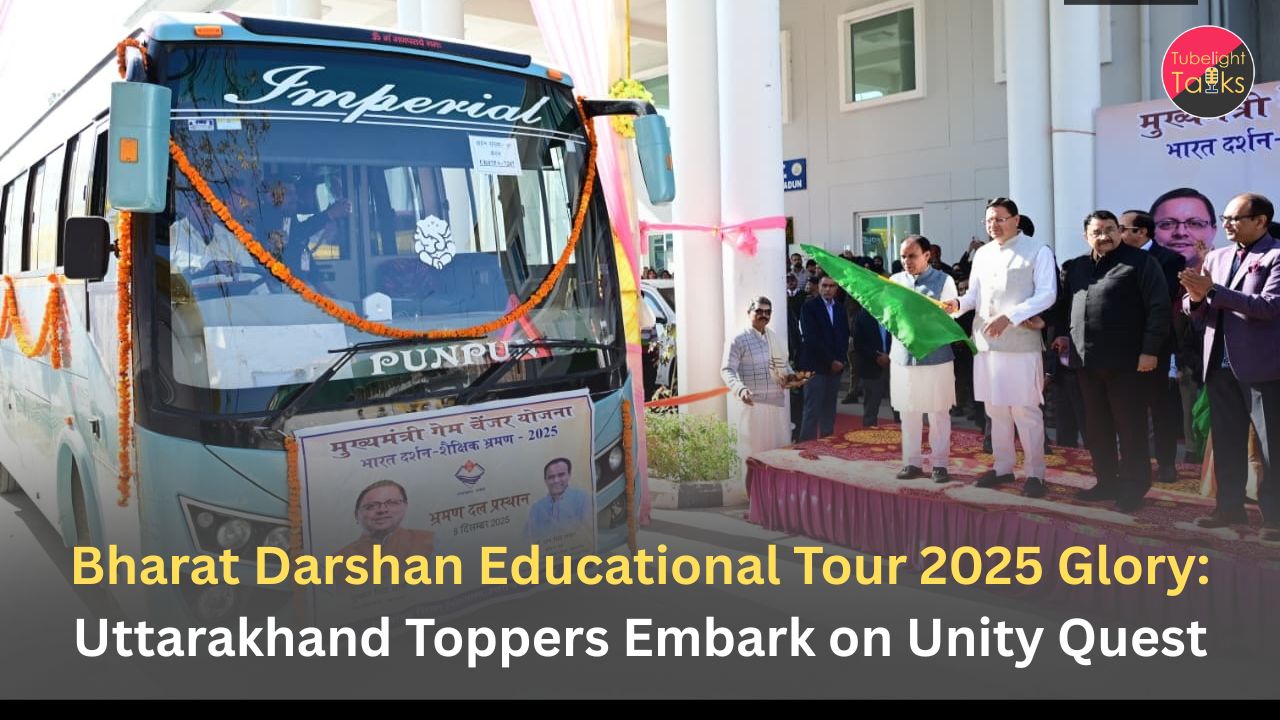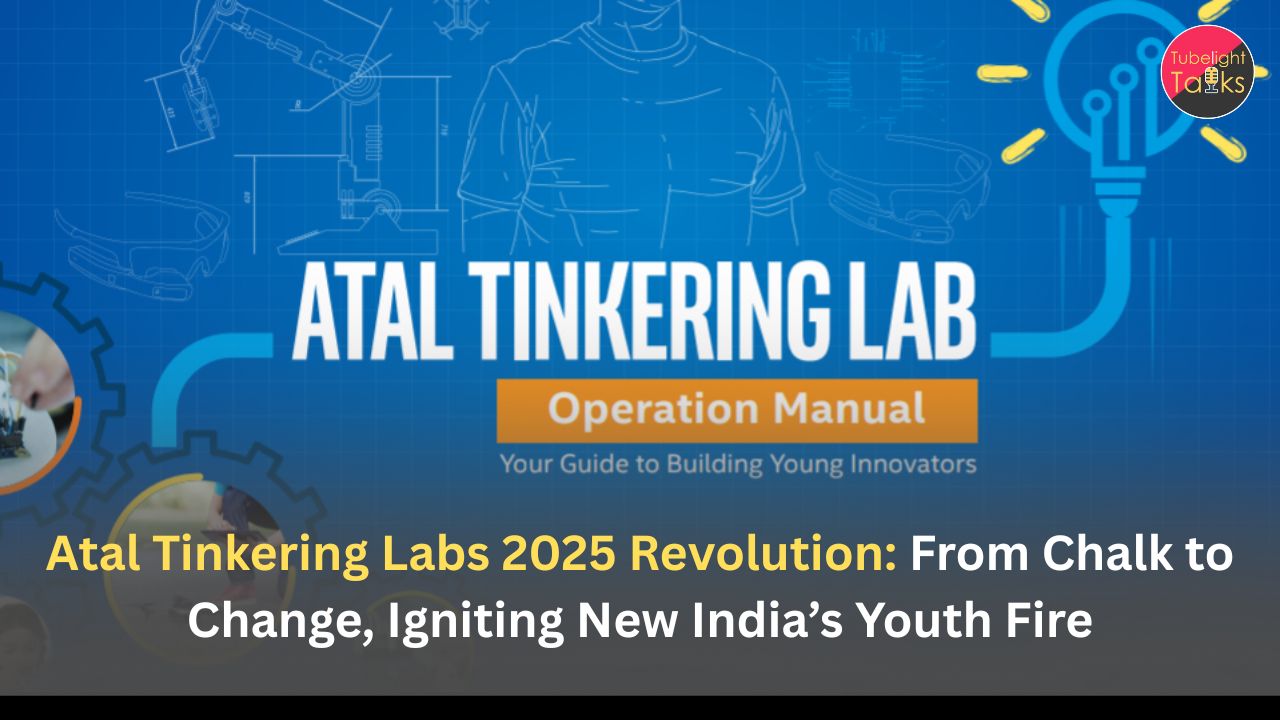The Indian education system, a vast and complex network, educates millions of children each year. It boasts achievements like world-class universities and a growing literacy rate. However, challenges like resource disparity and rote learning remain. This article delves into the structure, merits, and shortcomings of this evolving system.
We will talk about the Challenges and issues, Merits and Demerits, Struggle and Strength of Indian Education System in this article.
Merits and Demerits of the Indian Education System
The education system struggles with large dropout rates, socio-economic disparities, and the challenge of modernizing outdated curricula.
Despite these challenges, the resilience of students and educators stands out. Recent policy reforms aim to make education more inclusive, equitable, and oriented towards skill development.
Merits of Indian Education System:
- Strong Foundation in STEM: Indian education places a significant emphasis on science, technology, engineering, and mathematics (STEM), which has produced a large pool of professionals excelling globally.
- Competitive Spirit: The system fosters a competitive environment that motivates students to achieve academic excellence.
- Diverse Curriculum: The curriculum includes a broad range of subjects, providing a well-rounded education.
Demerits of the Indian Education System:
- Overemphasis on Exams: The focus on high-stakes examinations creates pressure and often leads to stress among students.
- Inadequate Skill Development: There is a disconnect between academic learning and practical skills required in the job market.
- Limited Focus on Vocational Training: Vocational education is often underemphasized, despite its importance in a rapidly changing economic landscape.
Structure and Levels of Indian Education System
The system follows a 10+2+3 format, with 10 years of school education (divided into primary, secondary, and higher secondary) followed by 3 years of undergraduate study and a variable duration for postgraduate studies. The Central Board of Secondary Education (CBSE) and state boards govern the curriculum at the school level. Three languages – English, Hindi, and the regional mother tongue – are typically emphasized.
Strengths of the Education System
- Universal Access: The Right to Free and Compulsory Education Act (2009) guarantees free education to children aged 6-14. This has significantly improved access, especially for girls in rural areas.
- Diversity of Options: The system offers a variety of boards and streams like CBSE, ICSE, and state boards. Students can choose between Science, Commerce, Arts, and vocational streams at the higher secondary level.
- Focus on Values: Education goes beyond academics. Schools inculcate moral values, social responsibility, and cultural appreciation.
Challenges and Issues of Education System
- Rote Learning and Exam Pressure: The system often prioritizes rote memorization and standardized tests, leading to a lack of critical thinking and analytical skills.
- Infrastructure Disparity: Government schools in rural areas often face resource constraints like a lack of qualified teachers, proper infrastructure, and teaching aids. This creates an uneven playing field compared to well-funded private schools.
- Teacher Training and Quality: While there are dedicated teacher training programs, concerns exist regarding the quality and effectiveness of such training.
- Disparities in Quality and Access: There is a significant gap between urban and rural education, with urban areas generally having better facilities and resources.
- High Dropout Rates: Socio-economic factors contribute to high dropout rates, especially among girls and marginalized communities.
Some efforts to reform The Indian Education System:
Here are some ongoing efforts to address its shortcomings:
- Focus on Skill Development: The government is introducing skill development programs to prepare students for the job market.
- Digital Learning Initiatives: Initiatives like “Digital India” aim to integrate technology into education, improving access to learning materials and enhancing classroom experiences.
- Holistic Education: A shift towards a more holistic approach that emphasizes critical thinking, creativity, and life skills is gaining momentum.
Conclusion
The Indian education system is a work in progress. It grapples with challenges but possesses immense potential. By addressing issues like rote learning and infrastructure disparity, and by embracing new approaches like skill development and digital learning, the system can empower future generations to thrive in an increasingly interconnected world.
The Indian education system, with its vast scope and deep-rooted issues, remains a critical area for development. While it faces significant challenges, including disparities in quality and access, an overemphasis on rote learning, and high dropout rates, its strengths in producing skilled professionals and fostering a competitive spirit cannot be overlooked. Ongoing reforms and a focus on inclusivity and skill-based education offer hope for a more dynamic and equitable future for Indian education.










